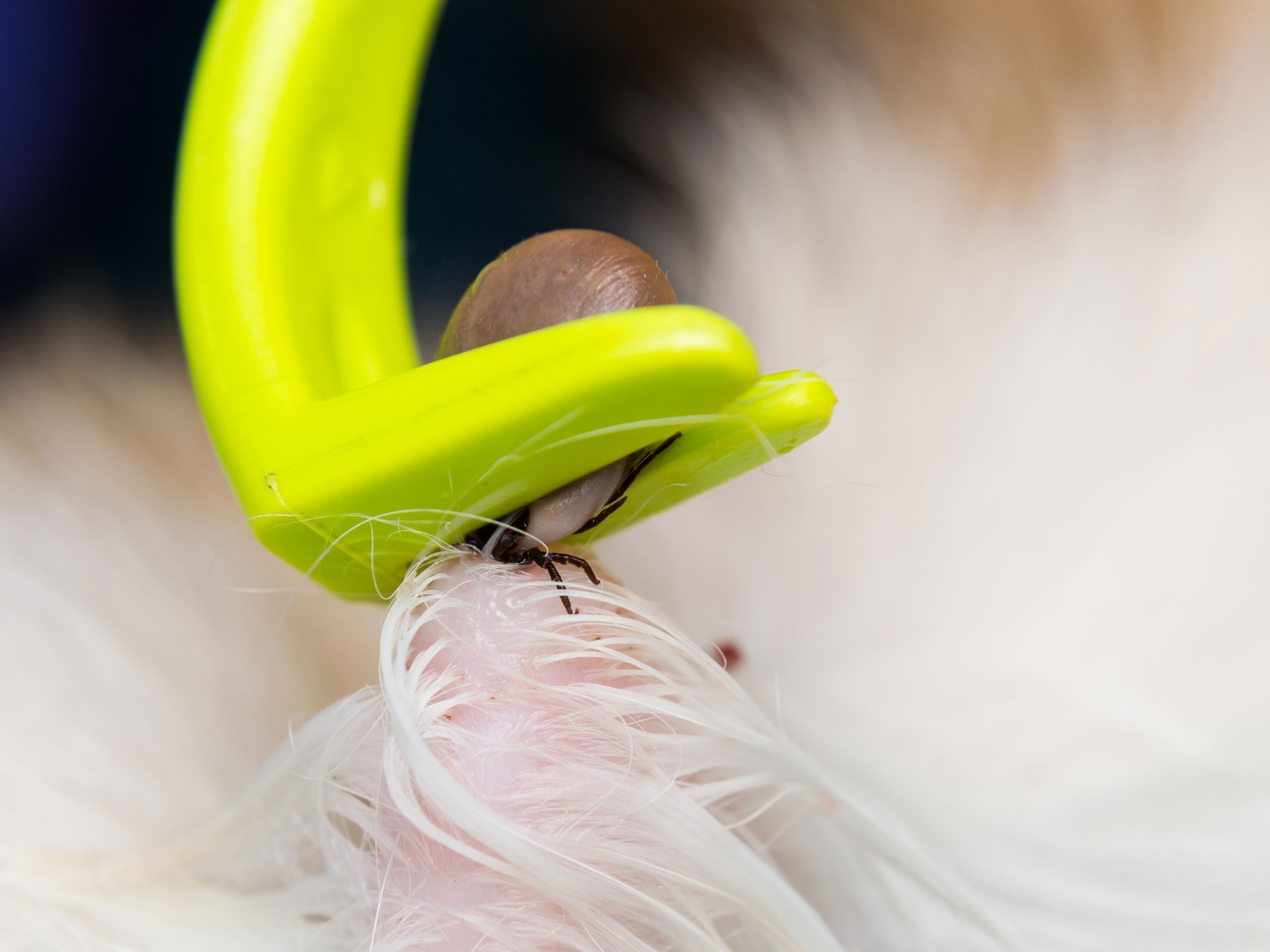The 2 most common tick fever strains in Singapore is Ehrlichia and Babesia. Both are spread from host to host by tick bites and their intracellular location makes them difficult to remove as most antibiotics do not penetrate to the inside of cells. Both bacteria cause the immune system to attack and destroy the body’s own platelets, cells important to normal blood clot formation.

Symptoms
Dogs with tick fever typically develop some combination of
- fever
- lethargy
- lymph node enlargement
- lameness
- pale gums
- abnormal bruising and bleeding
- chronic eye inflammation
- weight loss
Diagnosis
Diagnosing ehrlichiosis is not always straightforward. Many dogs are bitten by Ehrlichia infected ticks without becoming noticeably ill, and the most commonly used diagnostic blood tests only determine whether or not a dog has been exposed to one or two Ehrlichia species. Therefore, both false positive and false negative results are not uncommon. Also, some dogs can develop clinical signs attributable to ehrlichiosis long after being bitten by an infected tick, so an apparent lack of recent tick exposure doesn’t rule out the disease as a cause of a dog’s symptoms.
Babesia organisms can be seen on a blood smear. Babesia canis organisms are tear-shaped and occur in pairs. Other Babesia species have several forms in which they appear. If Babesia organisms are found, the patient is definitely infected but in some cases an alternative method of diagnosis is needed. Antibody testing has been problematic as infected animals may have circulating antibodies long after the organism is gone or may have no antibodies circulating while the few organisms remain hidden inside red blood cells.
Treatment
Dogs experiencing severe anemia or bleeding problems may require a blood transfusion. However, this does nothing to treat the underlying disease. Certain antibiotics are quite effective, but a long course of treatment, generally six weeks, may be needed.
Most of the time, dogs with ehrlichiosis respond very quickly (within a day or two) once they begin treatment with the antibiotic doxycyline. More severe cases may also require blood transfusions or immunosuppressive medications to control the body’s assault on its platelets.
Dogs with babesiosis will require more extensive treatment such as Imidocarb Dipropionate. This is the only drug approved for babesiosis in the U.S. A single dose is usually effective for Babesia canis but two given two weeks apart are needed for Babesia gibsoni and the other smaller Babesias. The injection is painful plus causes muscle tremors, drooling, elevated heart rate, shivering, fever, facial swelling, tearing of the eyes, and restlessness. Pre-treatment with an injection of atropine helps palliate these side effects. A combination therapy of quinine, azithromycin, atovaquone, and/or antibiotics may also be use in severe cases.
The prognosis for a dog diagnosed with babesiosis is guarded. Owners should be aware that dogs that have survived babesiosis often remain sub-clinically infected. These dogs may suffer a relapse of disease in the future or may serve as a source for the further spread of disease in a given area.
